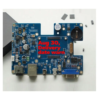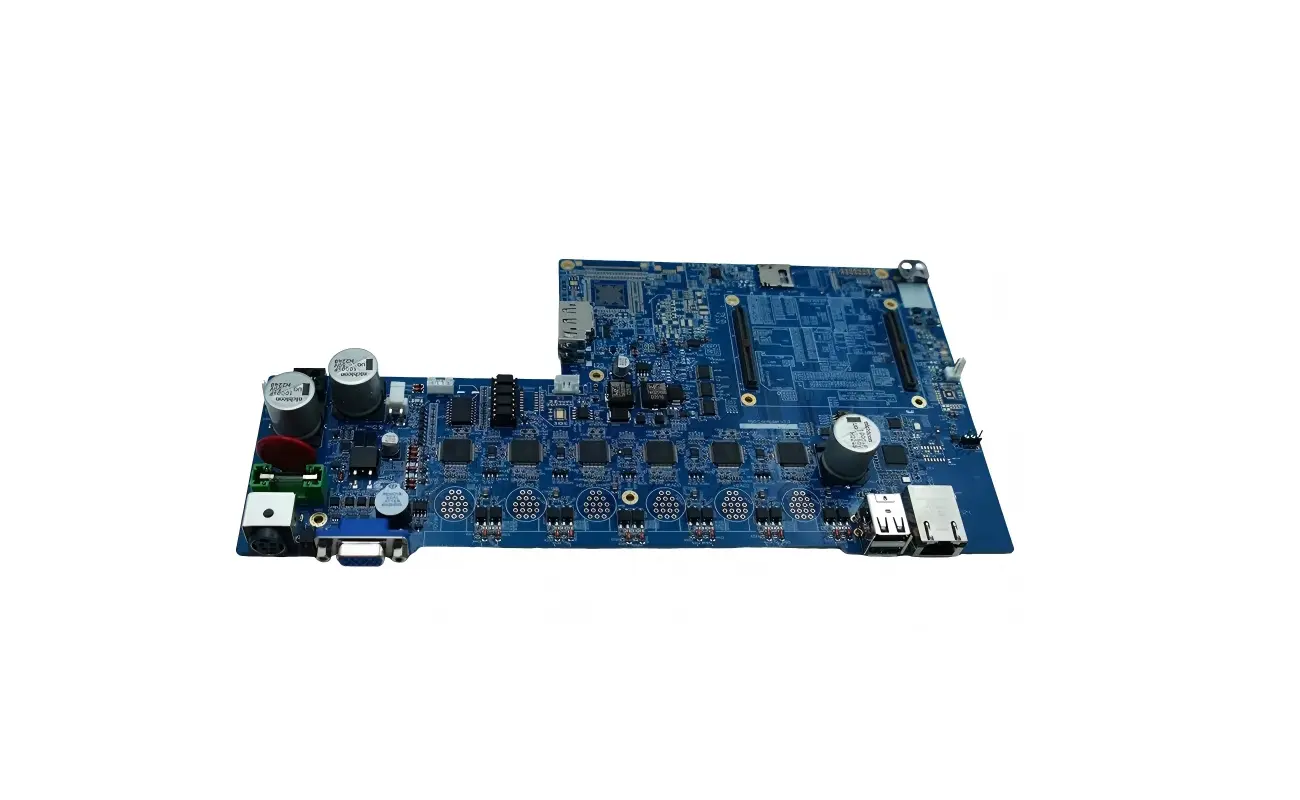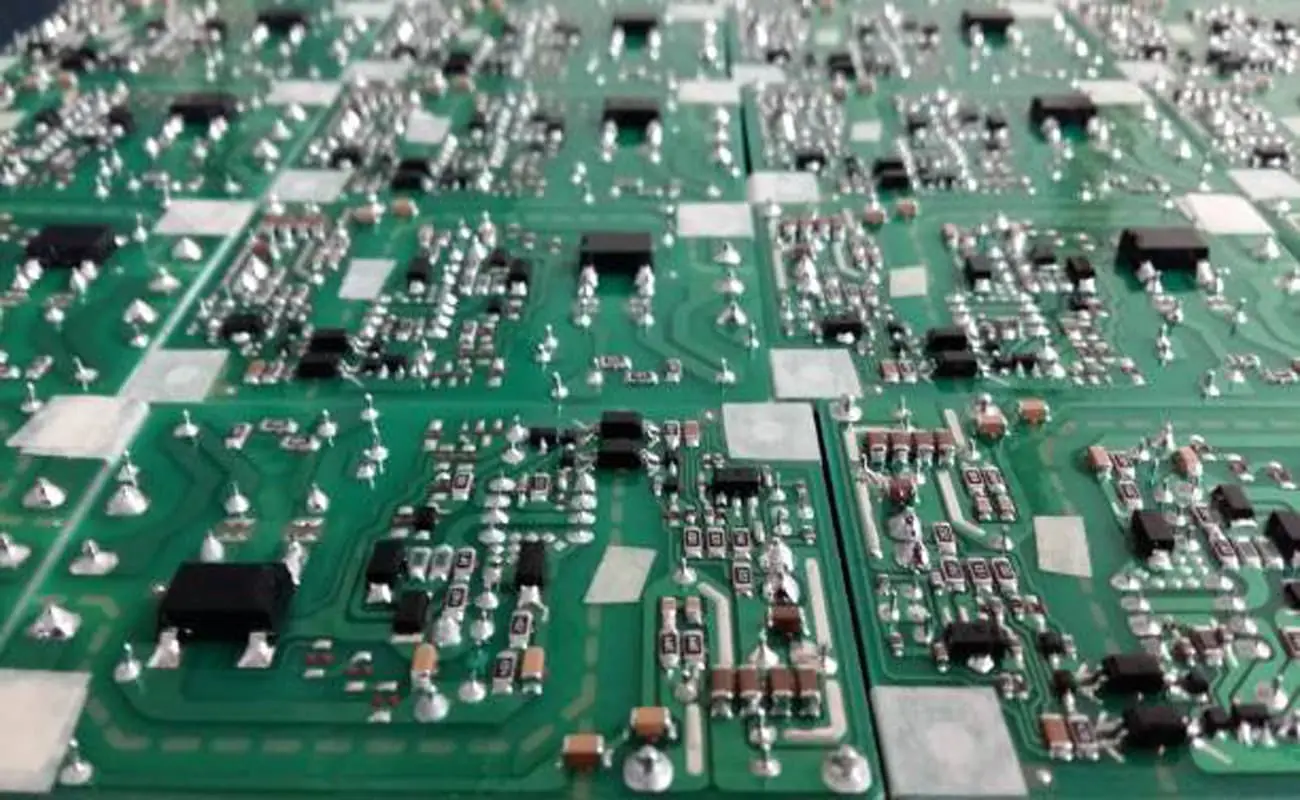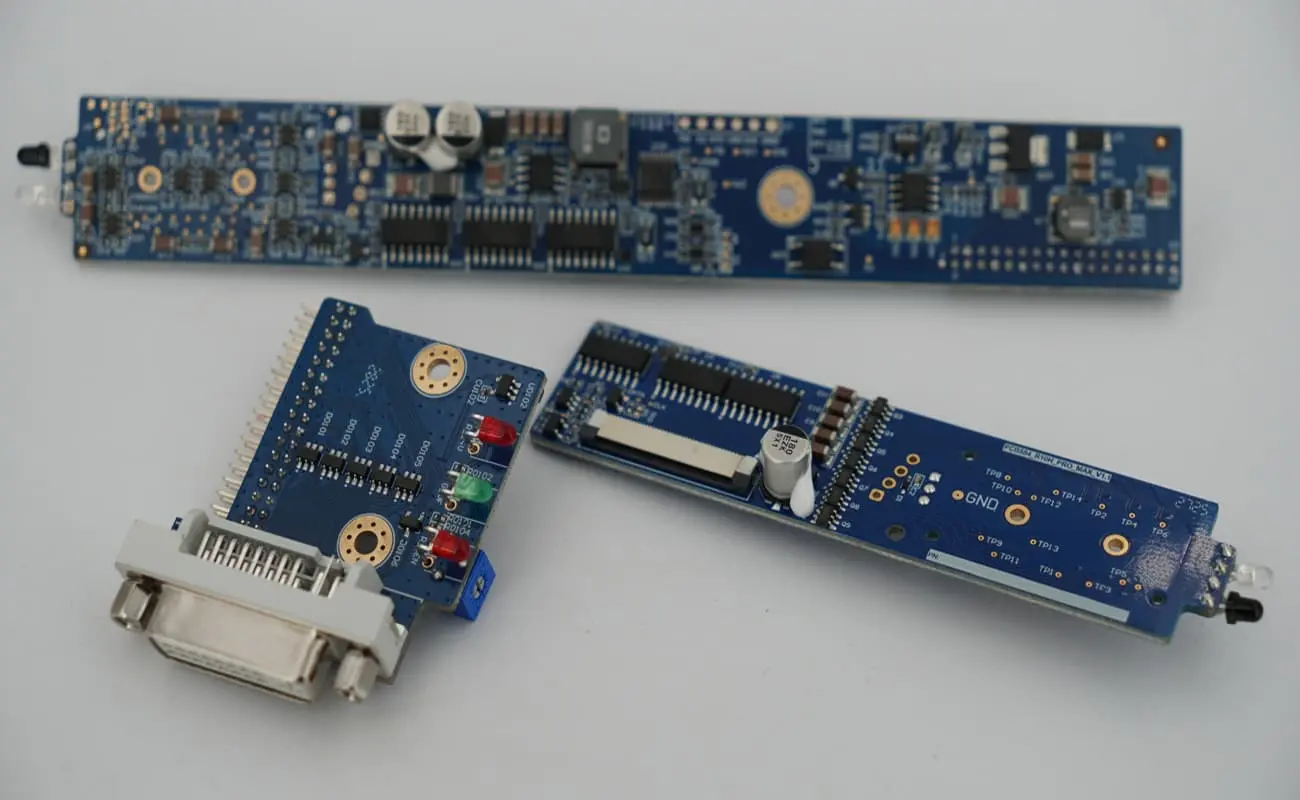1. Case Review: What Happened?
Product Model: OMA-DD.998-1 (Batch of 600 units, all defective)
Issue Observed: The polarity of the HL1 and HL3 red LEDs was reversed compared to the PCB markings (the large LED chip should have been the negative terminal, but was actually positive).
Incident Process:
-
During the procurement phase, the green LEDs were in stock, but the red LEDs were not.
-
The purchasing team sourced the red LEDs from an alternative supplier and requested samples.
-
The factory used these samples for trial production, and the first-article inspection showed no issues.
-
Bulk procurement of the red LEDs followed, and mass production began immediately.
-
Although the factory suspected there might be differences between the red and green LEDs, all LEDs lit up after soldering, so no further checks were conducted.
-
The final quality inspection team concluded that, since the first-article inspection had passed and the LEDs could light up, there was no need for further verification.
Root Cause:
-
The bulk red LEDs purchased were not identical to the sample LEDs.
-
Comparing the physical components with the datasheet revealed that HL1 and HL3 bulk materials differed from the specified design, while HL2 and HL4 matched the specifications.
-
Detailed measurements showed no soldering defects on HL1, HL2, HL3, or HL4, and all LEDs could operate normally. However, the supplier delivered HL1 and HL3 (red LEDs) and HL2 and HL4 (green LEDs) in two different packaging configurations. The HL1 and HL3 LEDs had their large chip as the positive terminal, whereas HL2 and HL4 had their large chip as the negative terminal—different from the sample LEDs, which had the large chip as the negative terminal.
-
A first-article inspection was performed before mass production, and the LEDs were tested as functional. However, the orientation of the LED chips was not specifically checked, leading to oversight.
-
Although the factory had noticed differences in LED packaging, both engineering and quality teams agreed to proceed based on actual measurements during assembly, as soldering appeared normal. As a result, the issue was not escalated immediately.
2. Objective Analysis: Where Did Things Go Wrong? One Mistake, Five Weak Points
This small incident of installing LEDs in reverse acted like a domino effect, revealing a chain of management loopholes:
-
Incoming Quality Control (IQC) failure: The newly purchased parts were not identical to the previously approved samples, but no one noticed.
-
Superficial First Article Inspection (FAI): The check only confirmed that “the light turns on” without verifying the part model or orientation.
-
Poor internal communication: LEDs from different suppliers were purchased, but the information was not shared across the team. When sourcing from different suppliers, suppliers should be required to provide datasheets (especially if IQC is needed).
-
Communication breakdown: The factory discovered the problem but assumed “it’s fine” and failed to inform the client.
-
Supplier resource limitations: When one supplier could not provide the required part, there were no alternative suppliers available. Emergency sourcing led to discrepancies between the samples provided by the temporary supplier and the actual mass-production components.
Breaking the Luck Mentality, Winning Through Process: How We Ensure Your Project Is Error-Free
At Fully Hong, we understand that “luck” is never a solution. We rely on a rigorous and replicable process to ensure every stage of your project is executed with precision—eliminating potential risks at the root.
1. Strict Incoming Quality Control (IQC)
Our control over incoming materials goes far beyond surface checks. Every new batch of parts is rigorously compared against the customer-approved golden sample and detailed specification sheets. Any non-conforming part is immediately intercepted and never allowed into production. We eliminate hidden risks at the source to ensure that the products you receive meet the highest quality standards.
1.1 General Evaluation Items
| Evaluation Category | Specific Item | Inspection Method/Tool | Acceptance Criteria | Applicable (√/×) |
|---|---|---|---|---|
| Visual Inspection | Surface scratches/contamination | Visual / Magnifier | IPC-A-610 Class 2 | |
| Silkscreen clarity | Visual | Text must be legible, no overlapping | ||
| Dimensional Check | Length/Width/Thickness tolerance | Caliper / Projector | ±0.1mm (per drawing) | |
| Pad Pitch | Optical measuring device | Design file ±10% | ||
| Packaging & Labeling | ESD packaging integrity | Visual | No damage, humidity card normal | |
| Material label matches actual part | Barcode scanner / BOM cross-check | 100% match |
1.2 PCB-Specific Evaluation
| Evaluation Category | Specific Item | Inspection Method/Tool | Acceptance Criteria |
|---|---|---|---|
| Electrical Performance | Continuity test | Flying probe tester | No open/short circuit |
| Impedance control (for high-frequency boards) | TDR tester | Design value ±10% | |
| Process Reliability | Solder mask adhesion | Tape test | No peeling |
| Plated through-hole quality | Cross-section analysis | No voids, copper thickness ≥ 20μm |
1.3 Component-Specific Evaluation
| Evaluation Category | Specific Item | Inspection Method/Tool | Acceptance Criteria |
|---|---|---|---|
| Parameter Performance | Capacitance/Resistance/Inductance | LCR meter | Spec ±5% |
| IC Functional Test | Programmer / Test fixture | 100% function pass | |
| Structural Reliability | Lead coplanarity (QFP/BGA) | Coplanarity tester | ≤ 0.1mm deviation |
| BGA solder ball integrity | X-ray inspection | No missing balls, no cold joints |
1.4 Auxiliary Material Evaluation
| Evaluation Category | Specific Item | Inspection Method/Tool | Acceptance Criteria |
|---|---|---|---|
| Solder Paste | Metal content (Sn96.5%/Ag3.0%) | EDX spectrometer | Composition ±0.5% |
| Viscosity test | Viscometer | 800–1200 kcps | |
| Adhesives | Curing time | Thermal curing test | Spec ±5% |
2. Thorough First Article Inspection (FAI)
Before mass production begins, we conduct an exceptionally detailed first article inspection. We carefully check the position, orientation, and soldering quality of every component, and compile a comprehensive report for your review. Only after receiving your confirmation will we proceed with large-scale production. This step ensures that every stage of production meets your expectations and standards.
3. Transparent Supply Chain Management
We work exclusively with thoroughly vetted and reliable suppliers. Throughout the entire supply chain, we maintain complete transparency. We will fully communicate any changes involving suppliers or materials to you in advance and obtain your approval before implementing them. We commit to delivering a stable and controllable supply chain to ensure you do not encounter any ‘unexpected surprises.
4. Proactive Partnership Communication
We are your trusted partner. During the entire production process, whether it’s a question, a discovery, or a potential issue, we will proactively reach out to you at the earliest opportunity and make decisions together. We believe that transparent, timely communication is the best way to ensure smooth collaboration and keep every project moving in the right direction.
5. Supply Chain Resilience Assurance
We collaborate with over 100+ trusted PCBA component suppliers, covering the full range of categories such as MCUs, memory chips, passive components (resistors/capacitors/inductors), connectors, and power devices. This enables us to meet BOM requirements across various sectors, including consumer electronics, industrial control, and automotive electronics.
[Contact Us Today to Experience Truly Professional Manufacturing Services]









Leave a reply